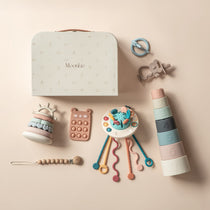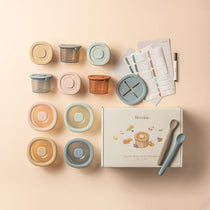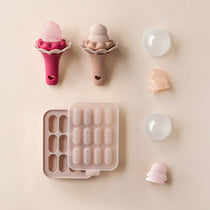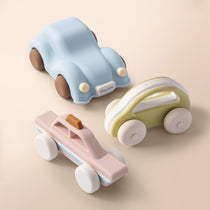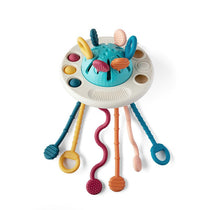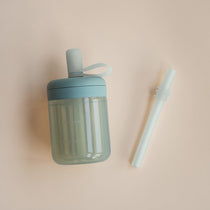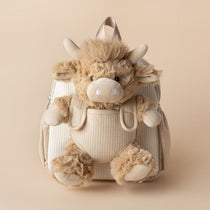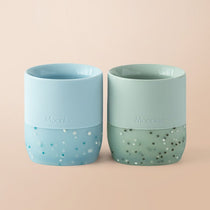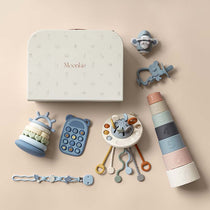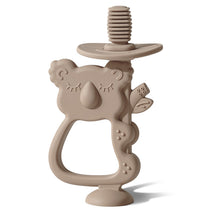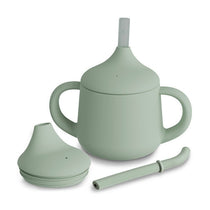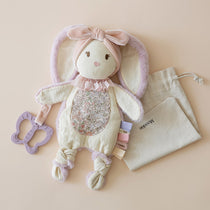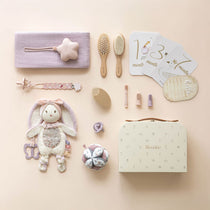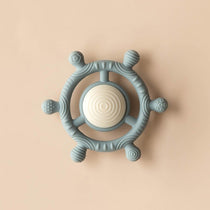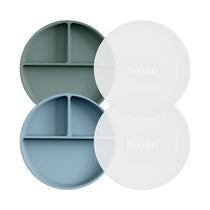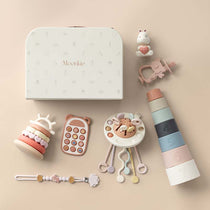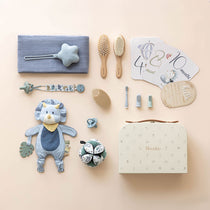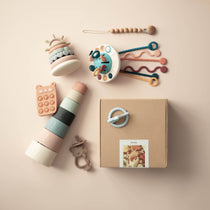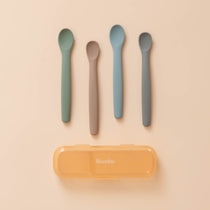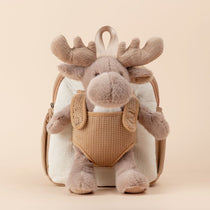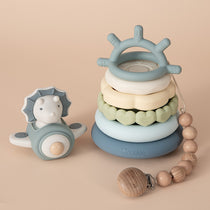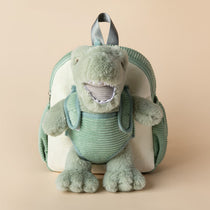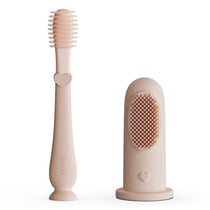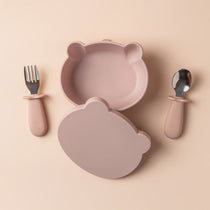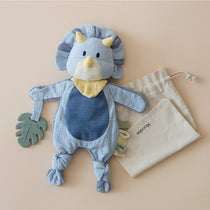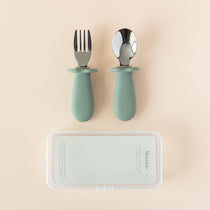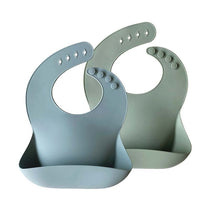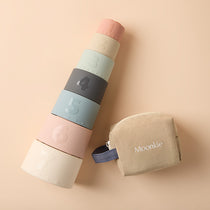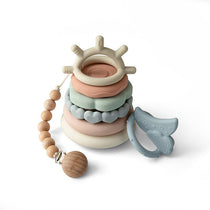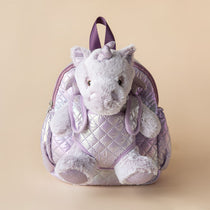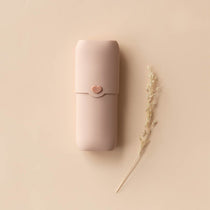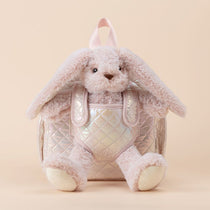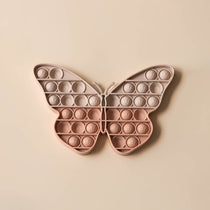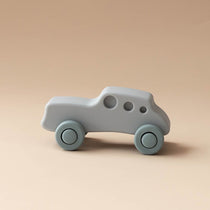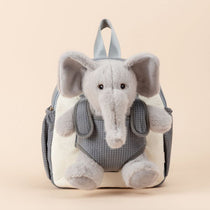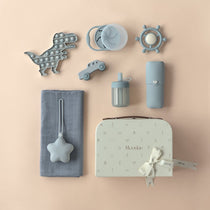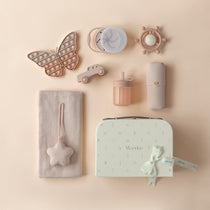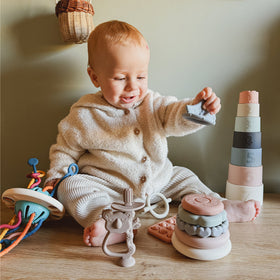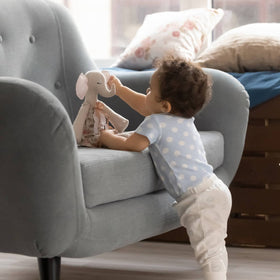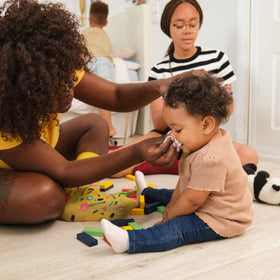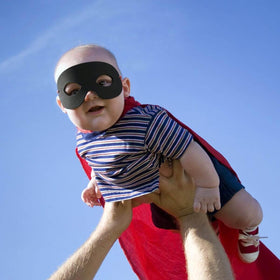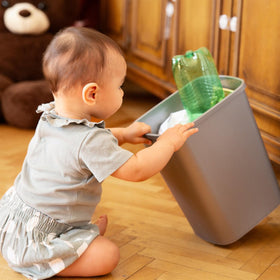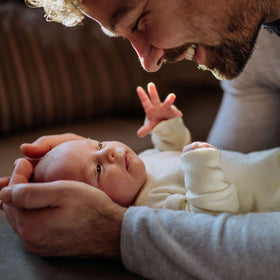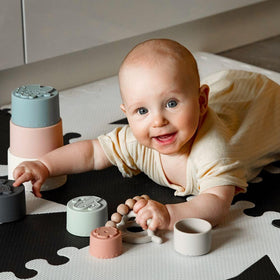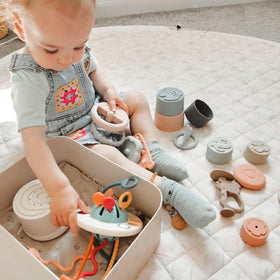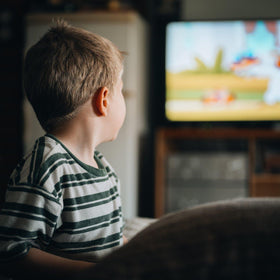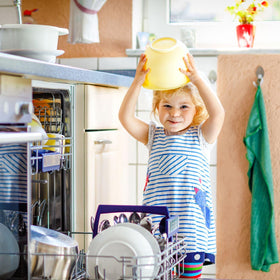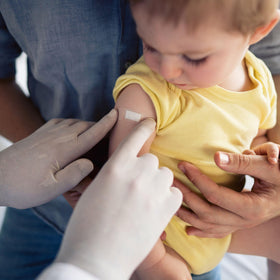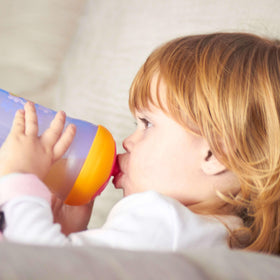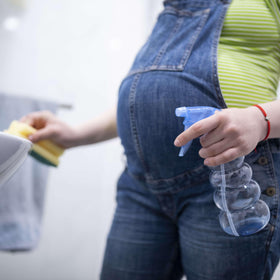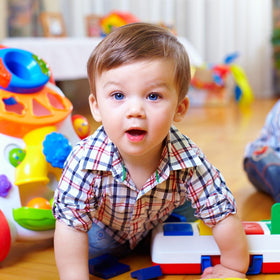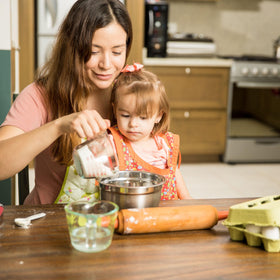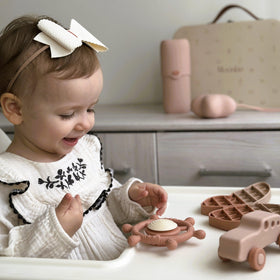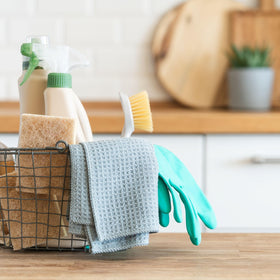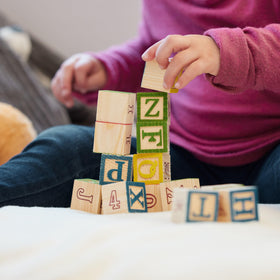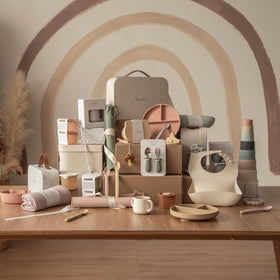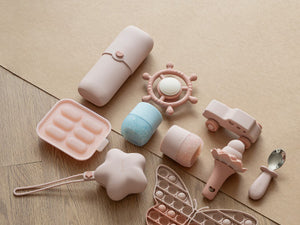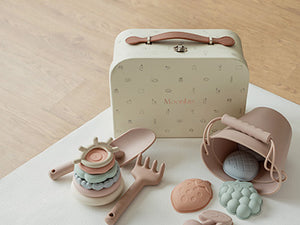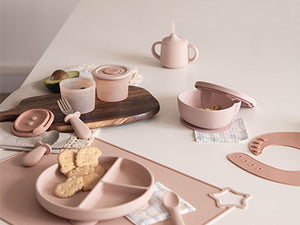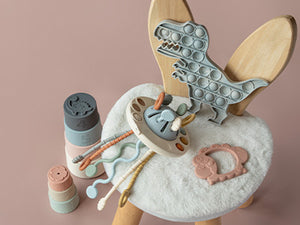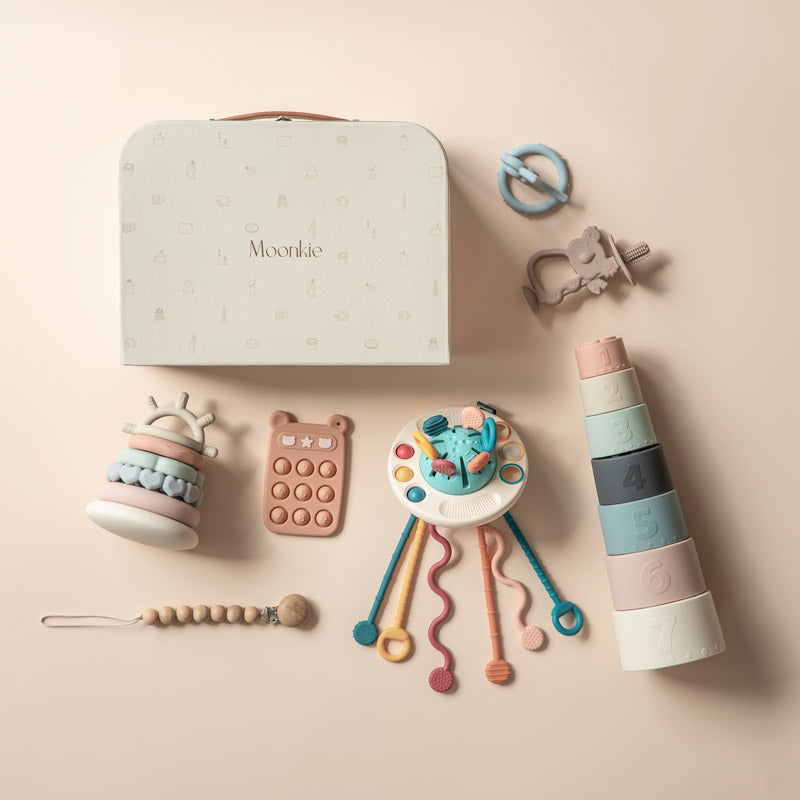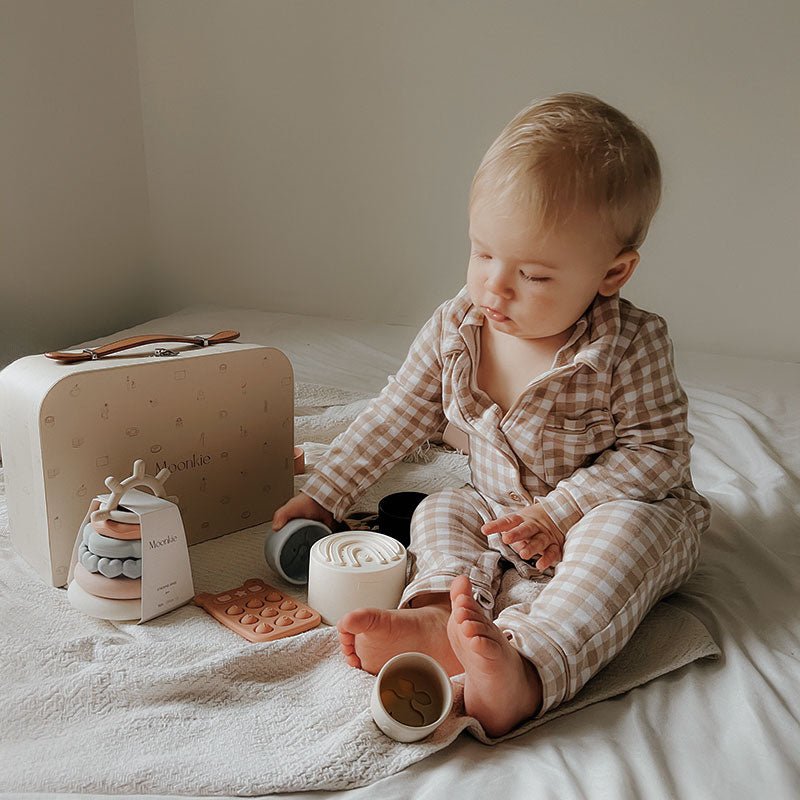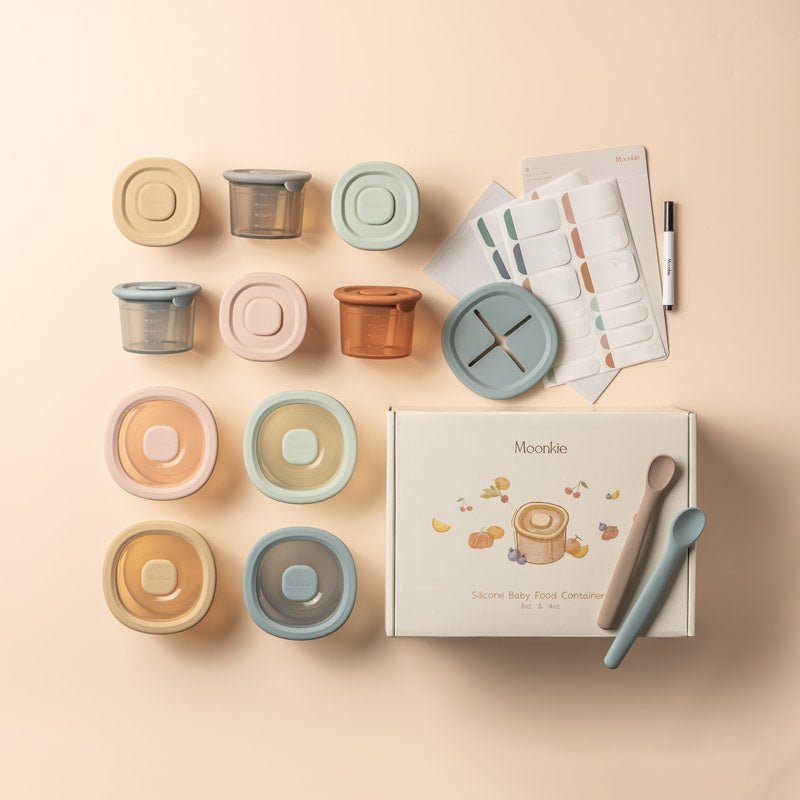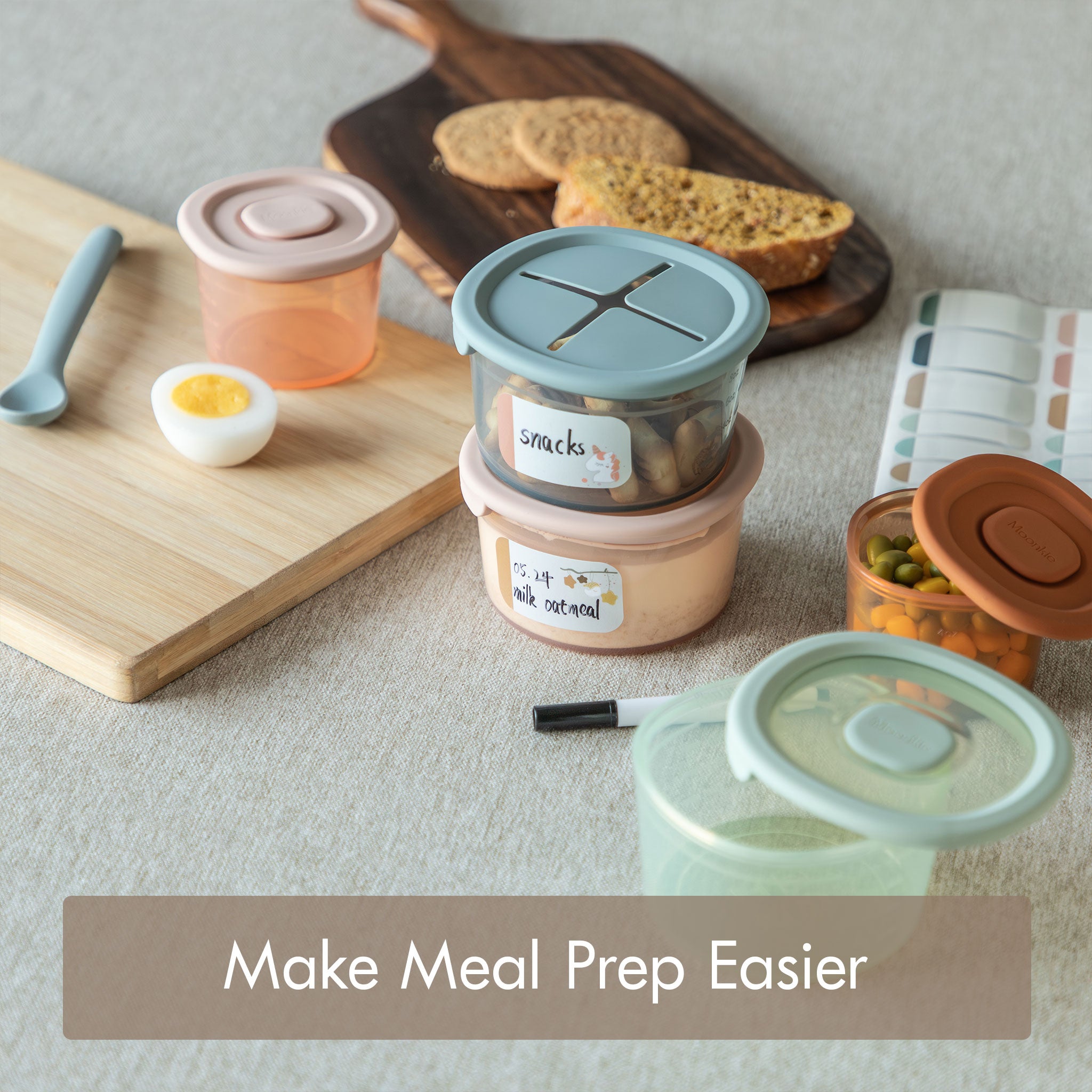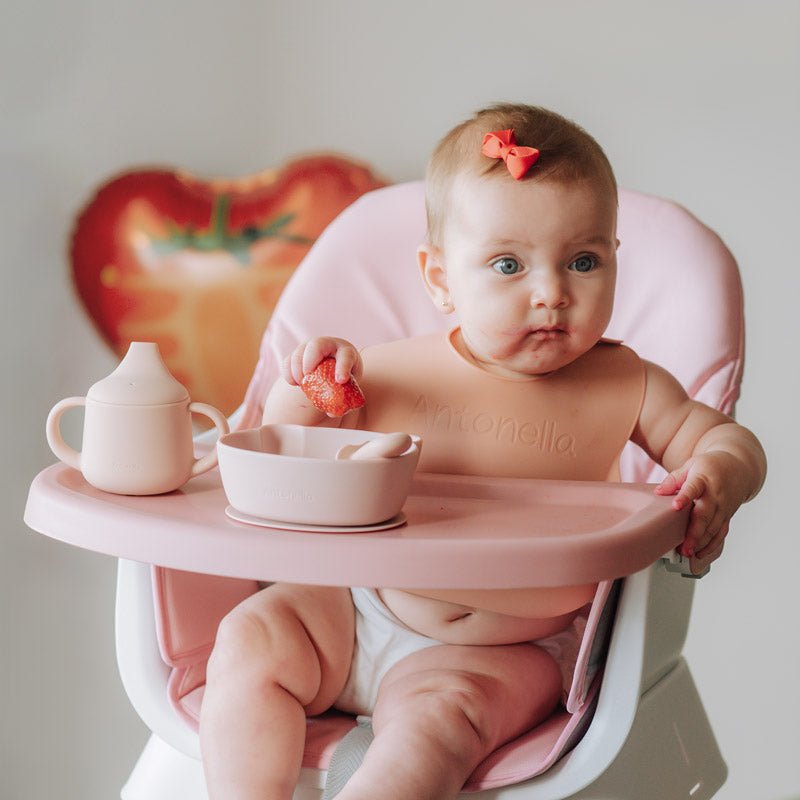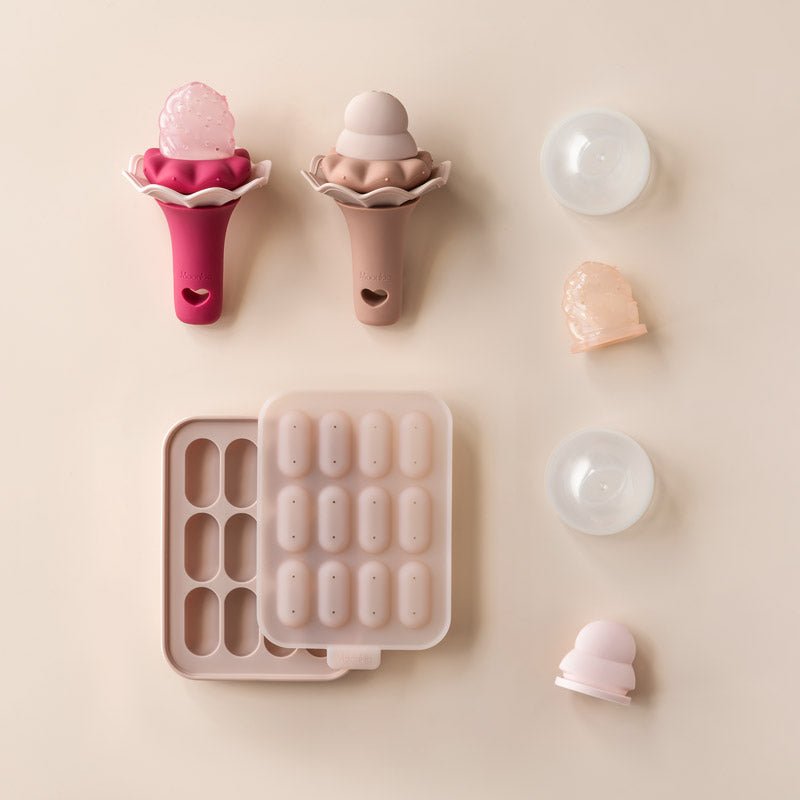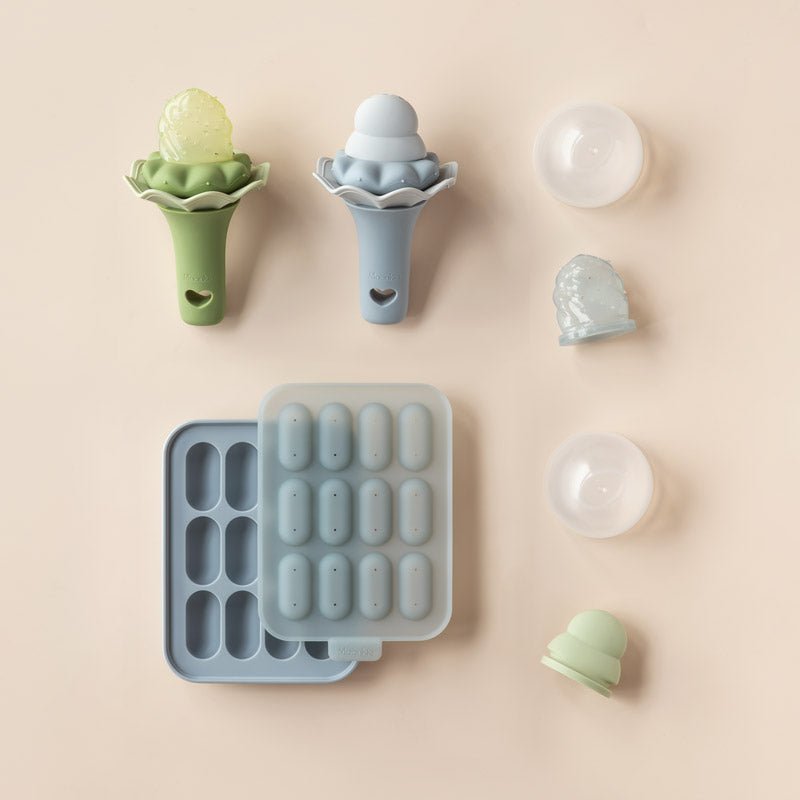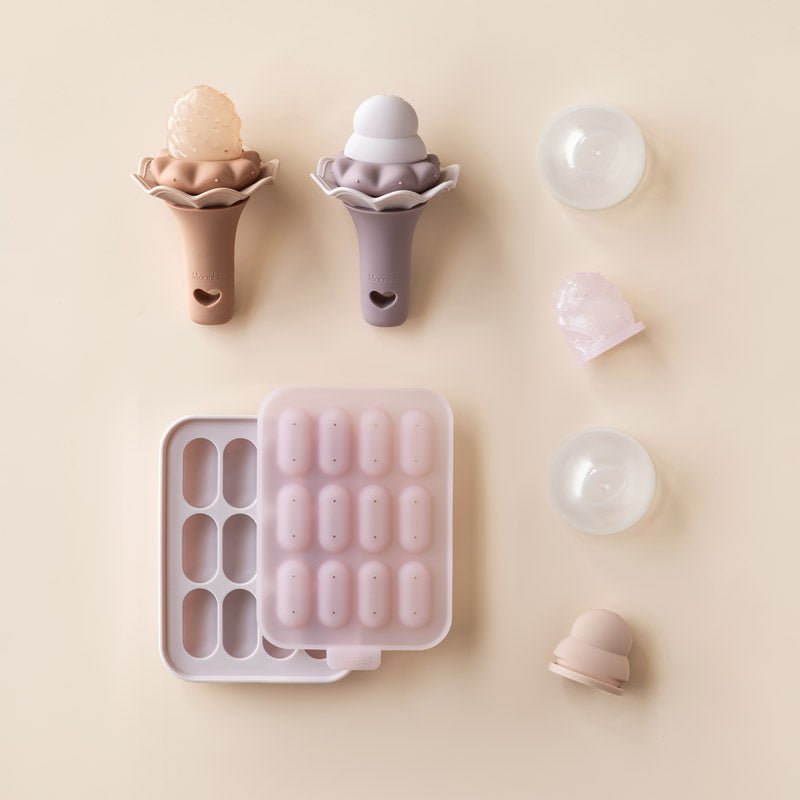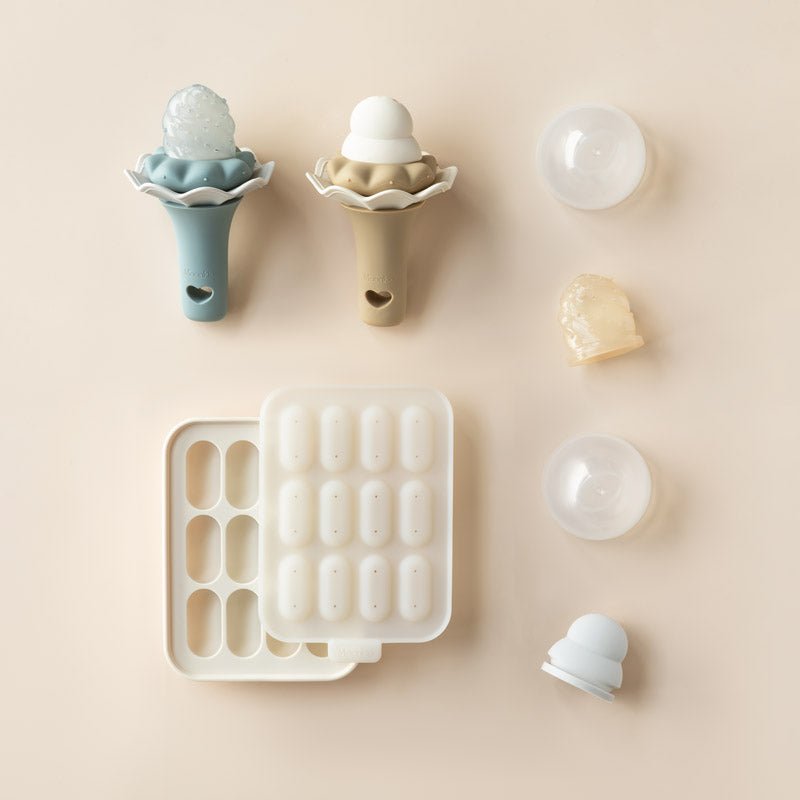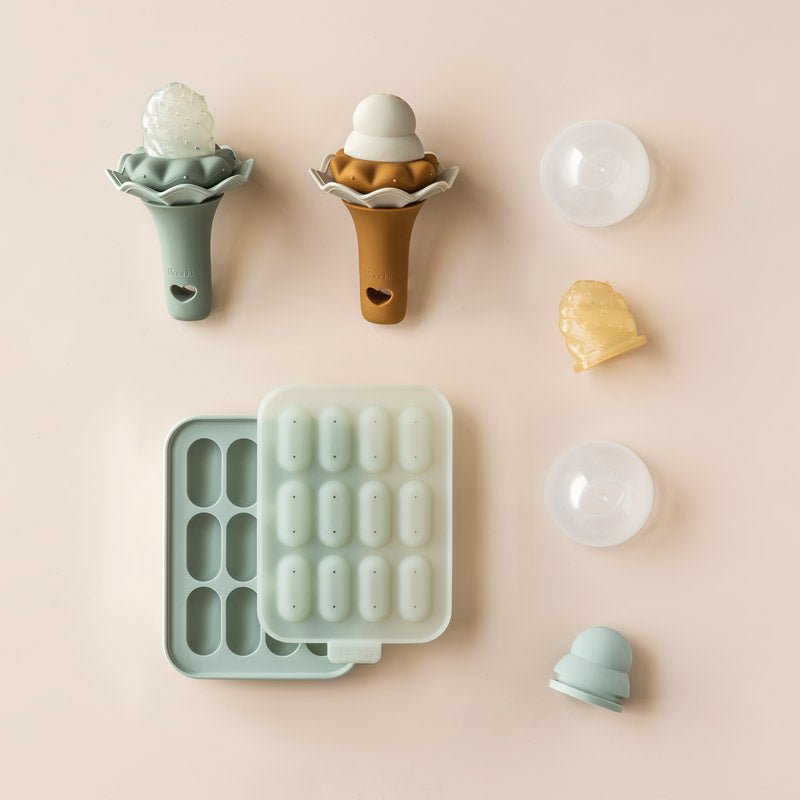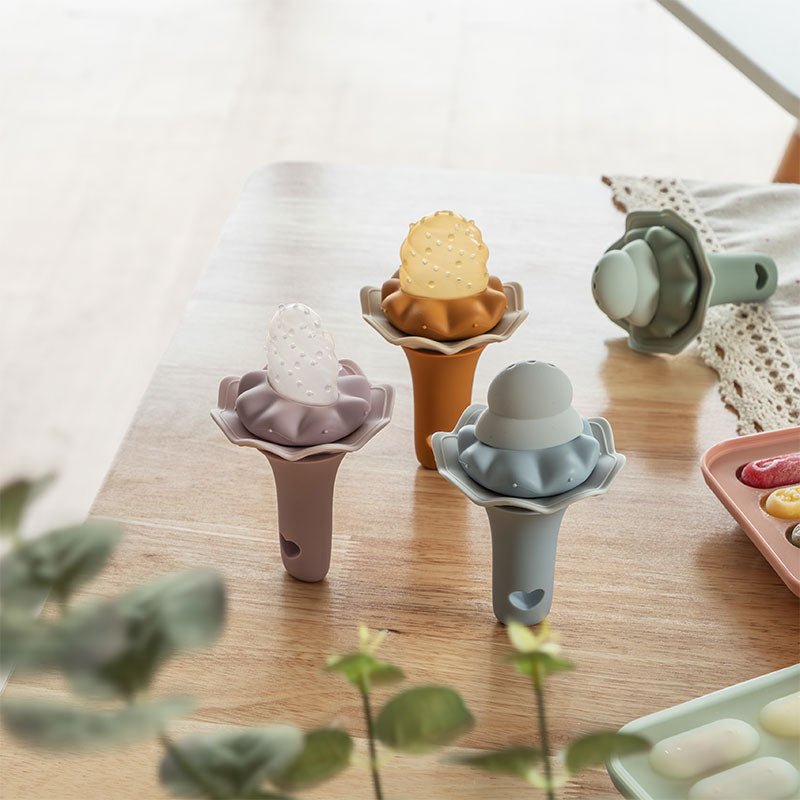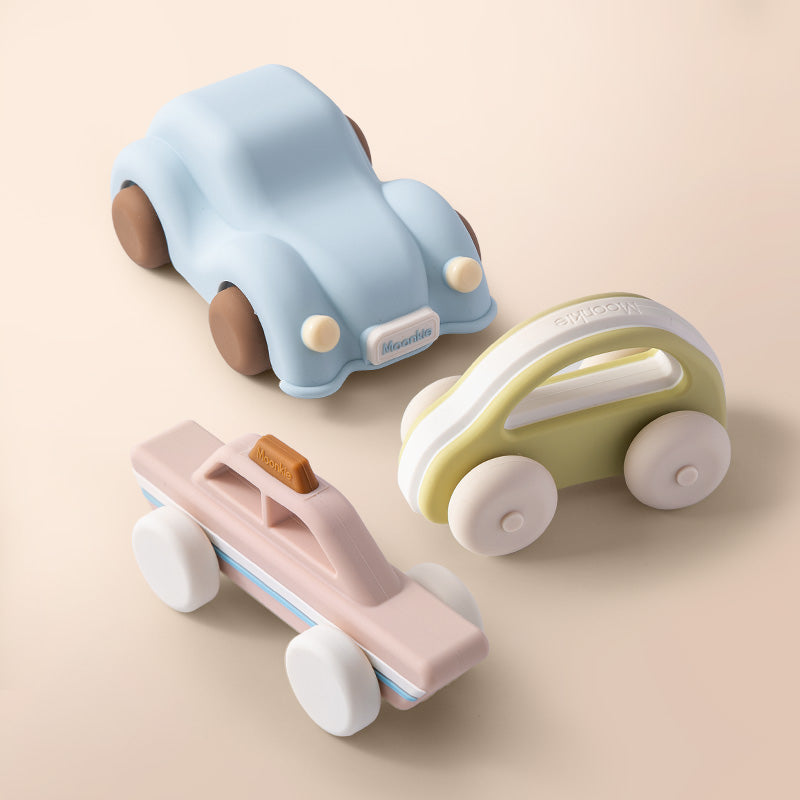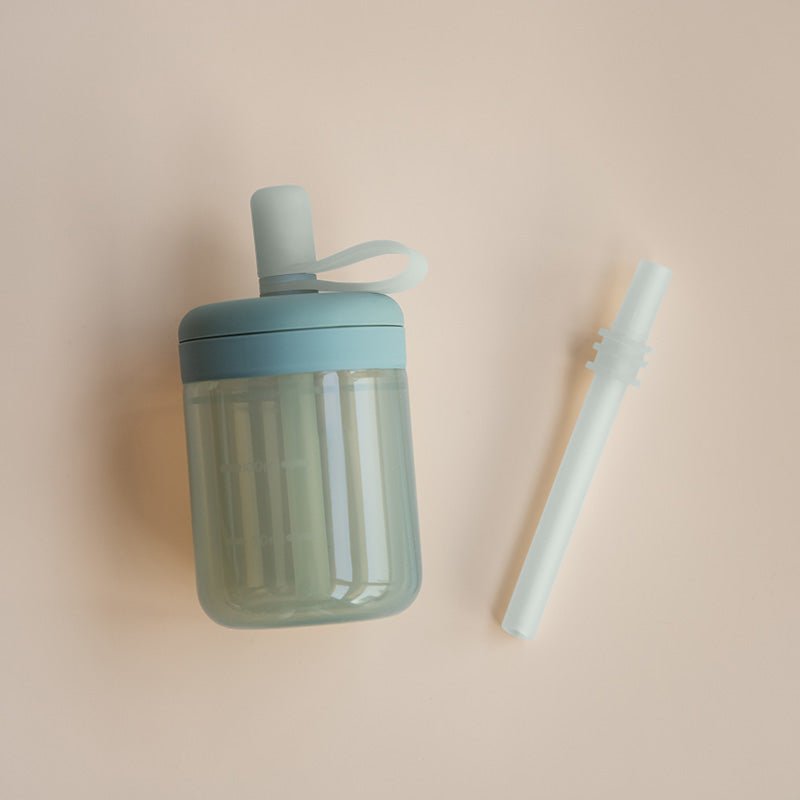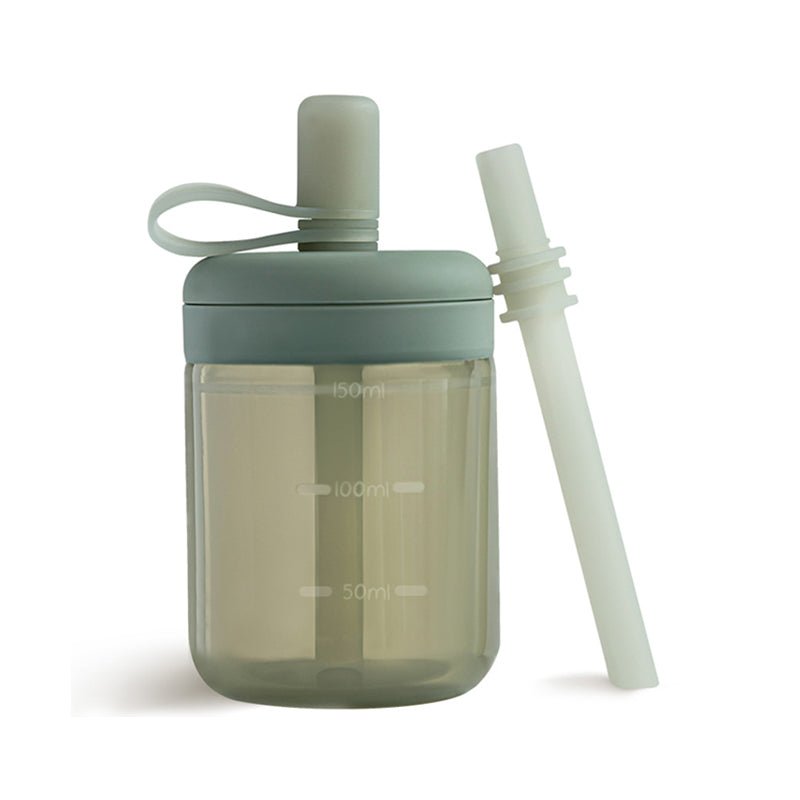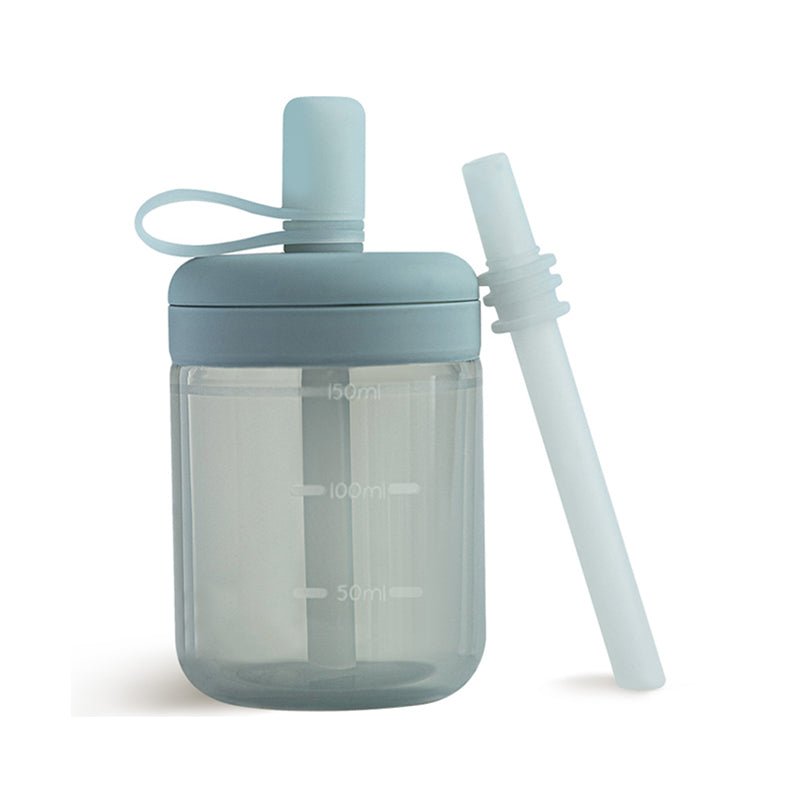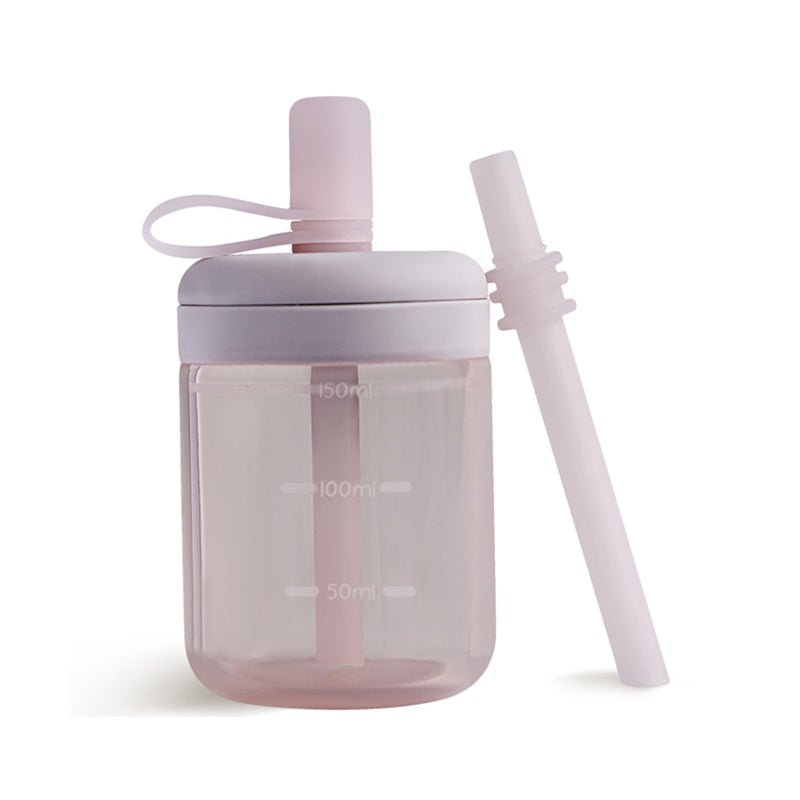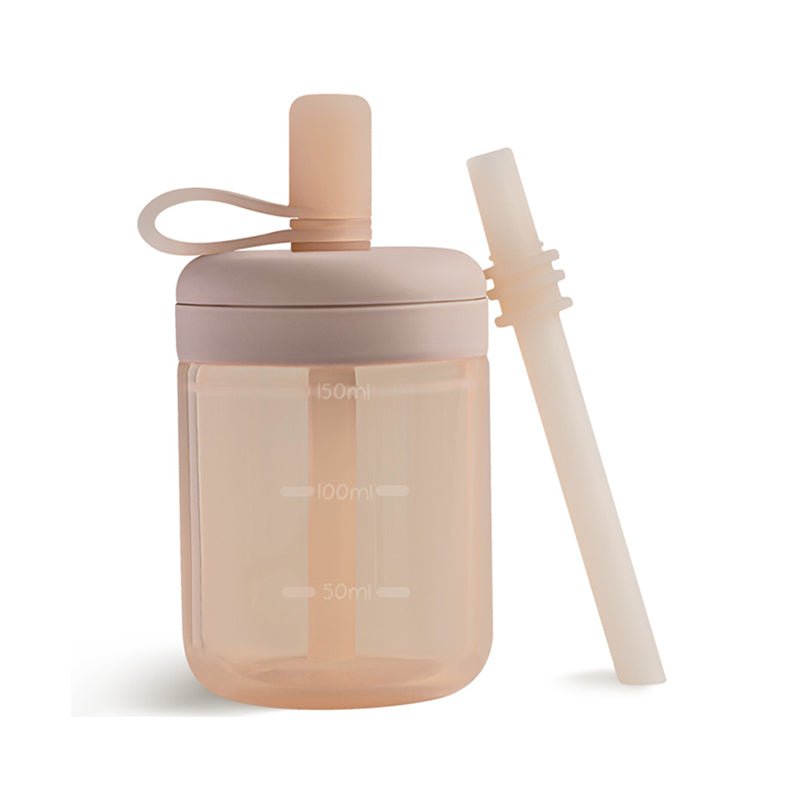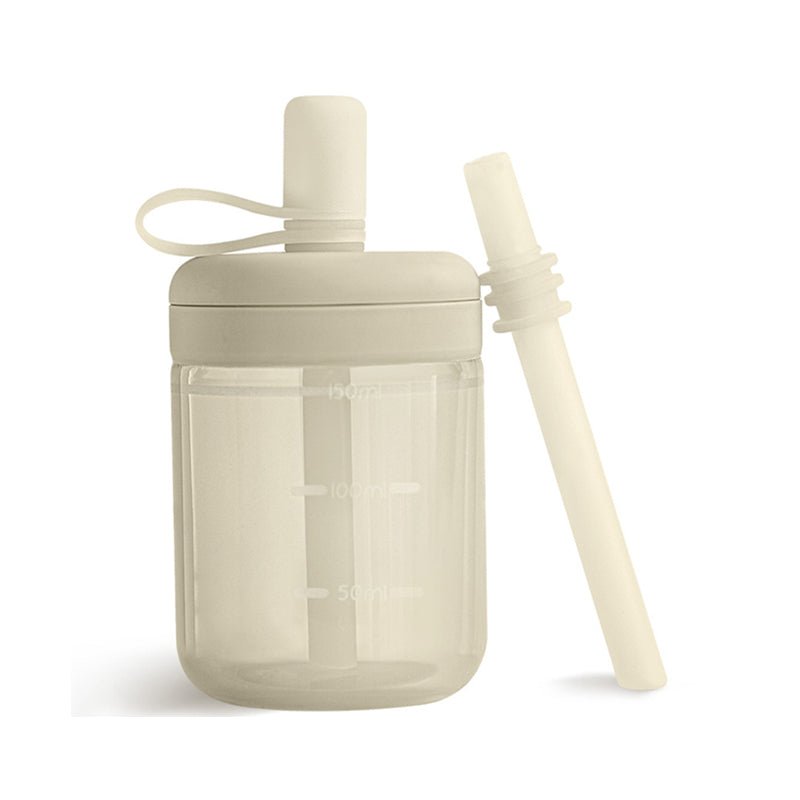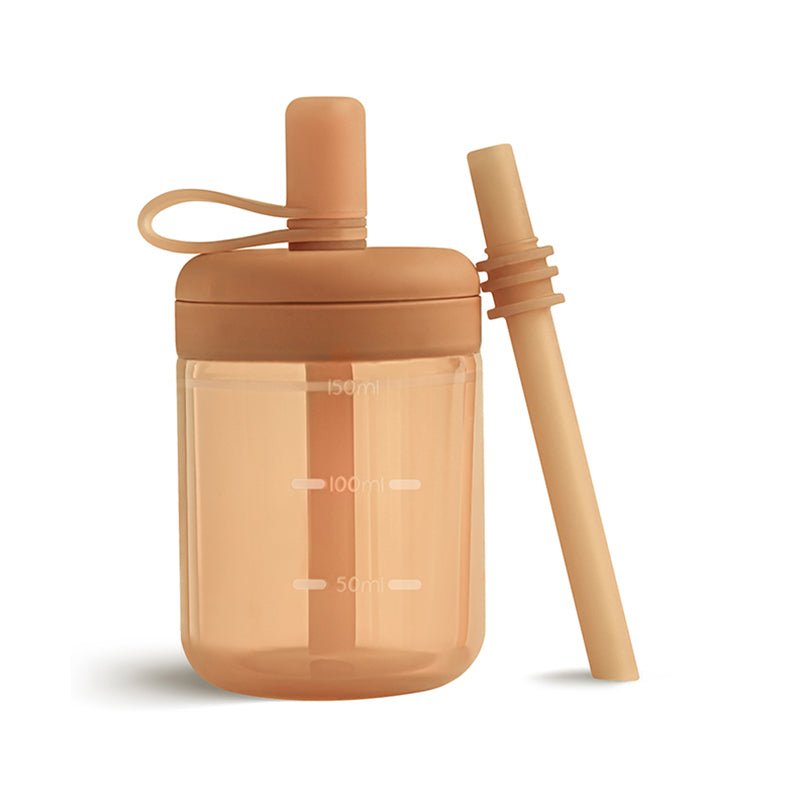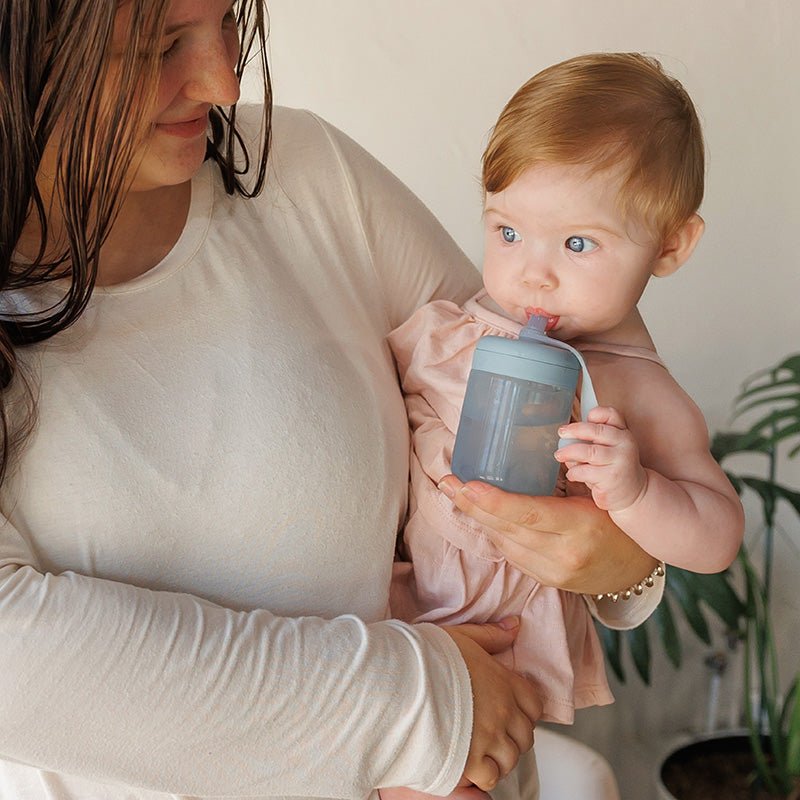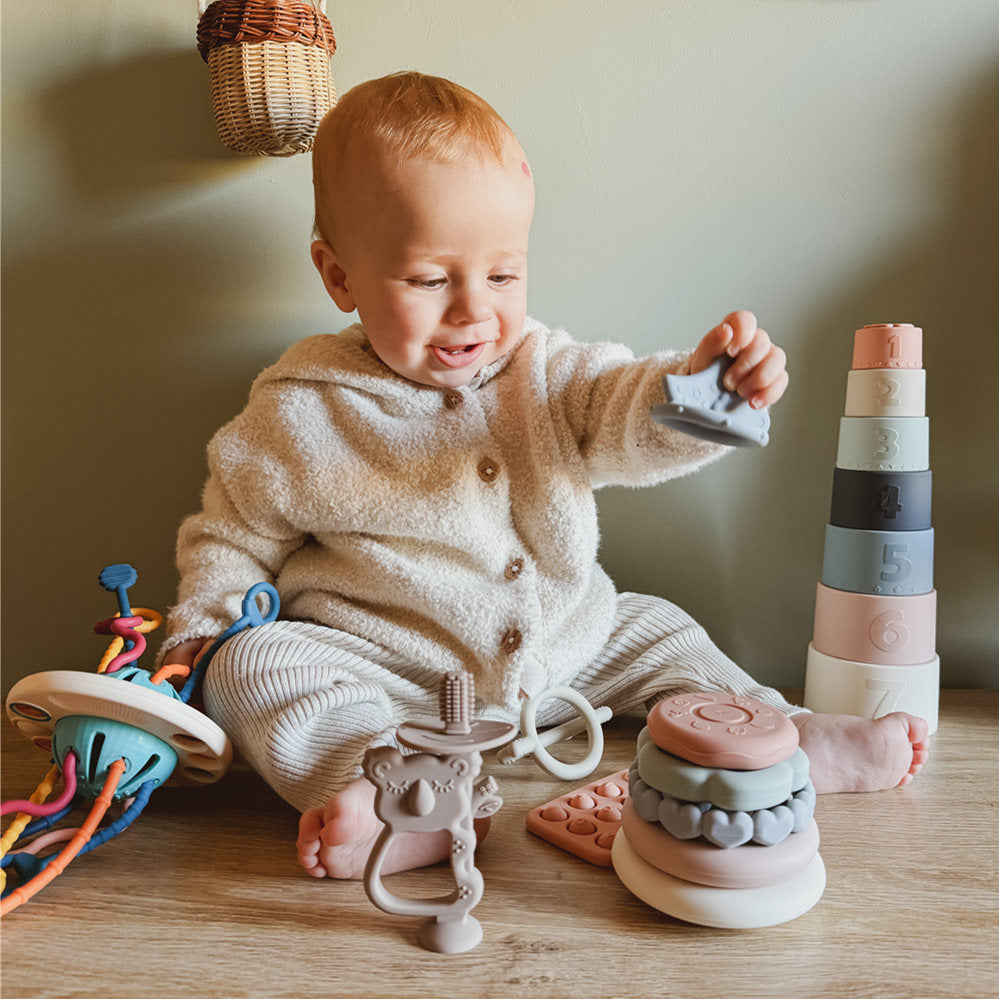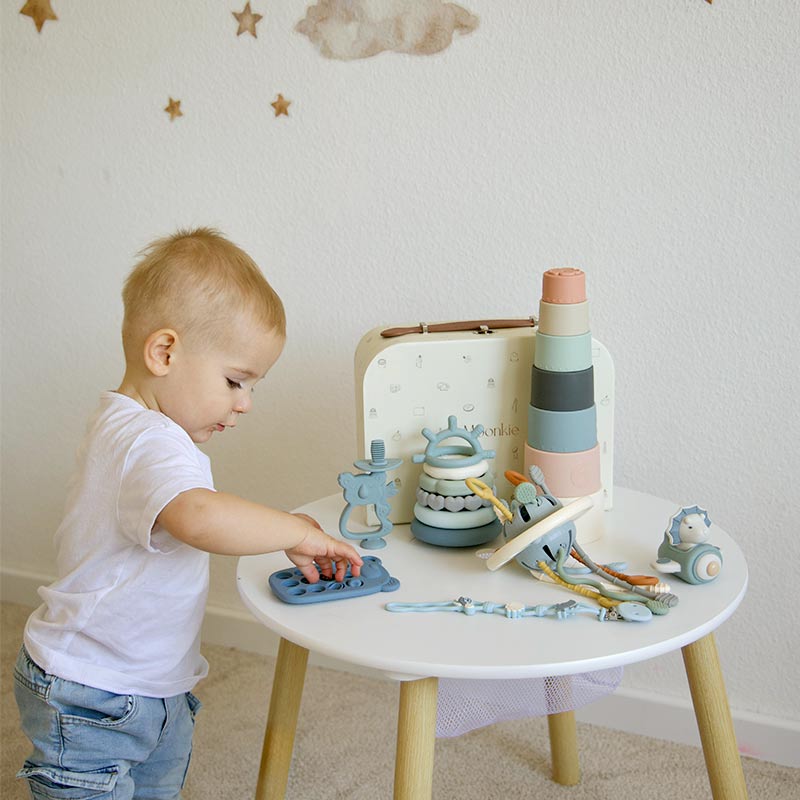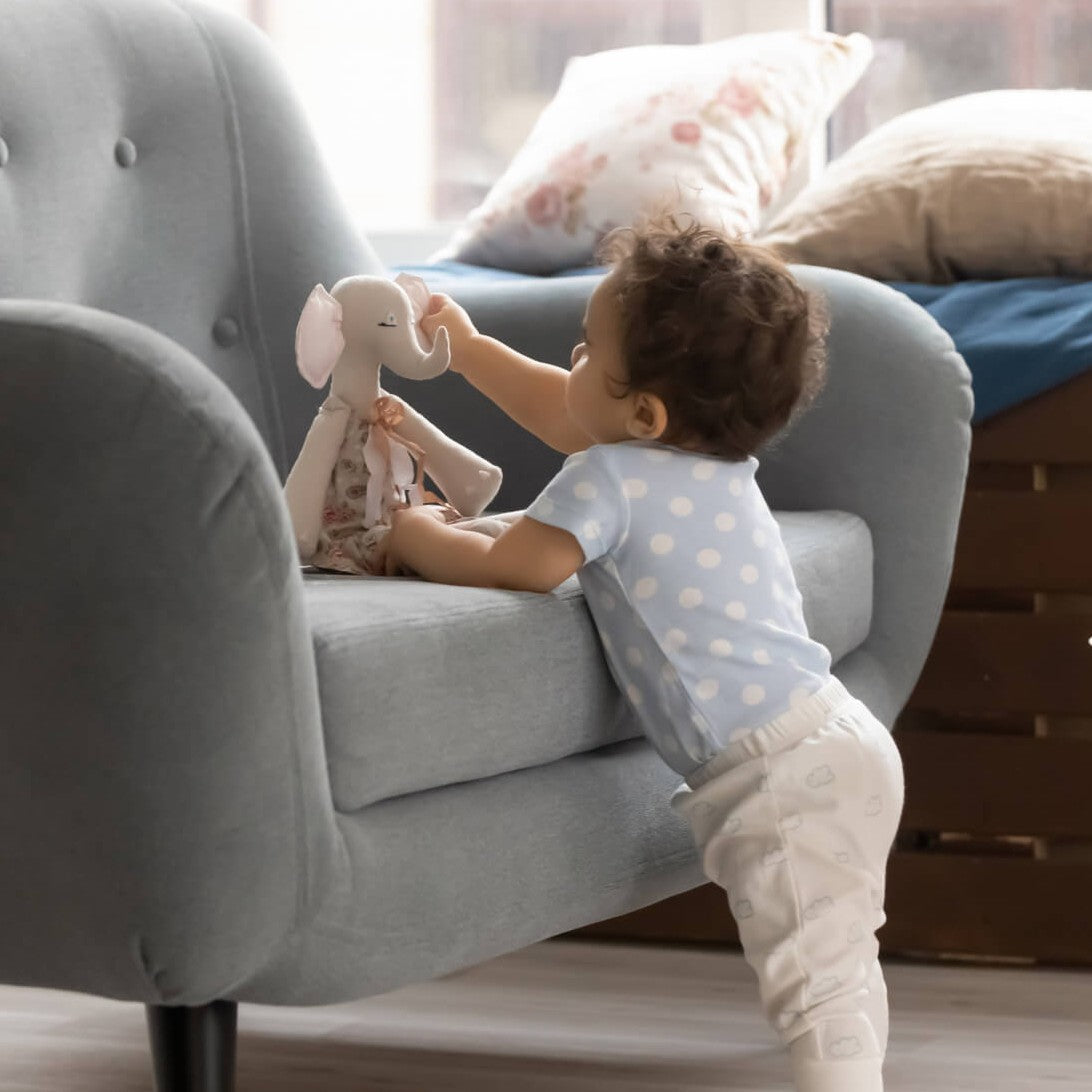
As a parent, you want to provide your baby with the best toys to support their growth and development. With so many options on the market, knowing which materials are safe and beneficial for your child can be challenging.
Silicone is a popular material used for baby toys, but it has pros and cons. On one hand, silicone is easy to clean, non-toxic, and durable. But on the other hand, good-quality silicone toys tend to be more expensive than other options and get hot if left in direct sunlight or near a heat source.
So, do the pros outweigh the cons? Let's talk about it so you can decide whether you want to give your little one silicone baby toys.
What is Silicone?
Silicon is one of Earth's most abundant elements. When reacted with methyl chloride and then with water, you get silicone polymers incredibly resistant to high heat and low temperatures. That resistance to temperature makes silicones useful in everything from health care to textiles to transportation to electronics (source).
Construction, tools, cooking, kid toys, a Mars rover---you name it---a type of silicone is likely already employed somewhere in that context. But why? Simply put, silicones can take a lot of heat, cold, and ultraviolet radiation, while also being flexible and moisture resistant (source).
Even more impressive is that the flexibility of different silicones means they can replace less sustainably produced materials in vehicles, electronics, solar panels, keyboards, cell phones, and many, many other modern, everyday conveniences.
Is Silicone Safe for Humans?
Study after study has shown that silicone is indeed safe for humans, from silicone teethers and bottle nipples for babies to surgical implants and cookware (source).
Though made of silica dug out of the Earth, one should consider silicone to be something between synthetic rubber and a synthetic plastic polymer due to how it is created. That's because factories must process the silica to form silicon, which, after more processing, becomes siloxane (silicone).
Moreover, the backbone structure of silicone is silicone, oxygen, and hydrocarbons, not purely raw, organic material. But this is precisely what makes silicones stable: they don't break down easily.
Silicone stability is highly sought-after in the medical field, where implants and equipment really don't need to chemically break down in the midst of an operation or medical procedure. And no one wants anything leaching into a person's bloodstream, either.
Some silicones are not suitable for human health, particularly low-molecular weight silicones or high-quality silicone that has been filled or mixed with low-quality silicone. Such silicones can actually seep through your skin and build up in your system but are still considered either totally non-toxic or toxic to a very low degree (source).
Is Silicone Safe for Infants?
High-quality silicones, which are high-molecular-weight silicones free of impurities, are considered safe for the medical field. You can also call these "medical-grade silicones." A step below is food-grade silicones, rated for their stability in cooking and food processing (source). Both of these silicone grades are common in baby products, teethers, toys, and bottles.
But how do you know if a silicone toy is high-quality silicone? Pinch a part of the toy and twist it. If it turns white, then there is likely a filler in the silicone, and therefore, not to par safety-wise. Additionally, if a clear silicone bottle nipple gets cloudy, then it is best to replace it with a new one.
If you want to be absolutely above any potential problems with silicone baby products, don't let them get super hot, like in an oven, on a heating element, or on the dashboard of a car in the summertime. You can check the maximum temperature recommendation to keep your silicone products from getting hot enough to pass on chemicals (source).
Moonkie's Silicone Products
At Moonkie, we are well aware of silicone quality. We seek to design practical, durable silicone baby products, and that all starts with choosing high-quality, food-grade silicone. We never mix food-grade silicone with lower-quality silicones to ensure little ones have safe toys, teethers, and dishes.

When you examine a Moonkie silicone baby toy, teether, or other product, you will see that it passes the pinch test, has no oily patches, and has no stickiness. As one of the most flexible, durable, and safe materials available to humans, silicone is far better than plastic baby toys.
Though not a "100% natural" material, such as rubber, food-grade silicone is a polymer mostly made from sand (silica) and is non-toxic to humans. Read on to learn more about the benefits of silicone baby toys.
Pros of Silicone Baby Toys
The pros of silicone baby toys are plentiful! Silicone is durable, flexible, easy to grasp, and clean.
Here is a list of silicone baby toy pros and a quick comparison to other common materials.
Safety
One of the main advantages of silicone baby toys is that they are non-toxic and safe. Unlike plastic toys, silicone toys do not contain any harmful chemicals such as BPA, phthalates, or PVC.
Compared to wooden baby toys, silicone toys hold up much better to little teeth because they don't dent or splinter when chewed on.
The closest comparison to silicone baby toys is natural rubber, which, though natural, eco-friendly, and softer does not stand up to silicone's durability and cleanliness standards.
For example, natural rubber is not nearly as temperature-resistant as silicone and can be slowly reformed over time (especially pacifiers). Moreover, natural rubber doesn't last as long as silicone as it begins peeling or becoming sticky with wear and tear, especially rubber teethers and pacifiers.
And if you or your little one has a latex allergy, natural rubber baby toys, teethers, and pacifiers may cause issues.
Cleanliness
Silicone baby toys are outstanding for cleanliness because they are odor and stain-resistant, hypoallergenic, and easy to clean. You can simply wash them with soap and warm water or put them into the dishwasher.
If you have furry family members at home, their hair will not stick to your little one's silicone baby toys. Did they get left outside for a couple of days? No problem!
Should your dog or cat chew on your baby's silicone toys, don't worry! Give them a good wash or boil them for five minutes on the stove to sterilize them. Once cool and dry, baby can have them back!
Even better, silicone baby toys are less likely to get moldy or develop bacteria, making them a hygienic choice for your baby.
Wooden and plastic toys just cannot be cleaned as well as silicone. With too much cleaning, wooden blocks will either chip off paint or soak up water. Plastic toys cannot withstand heated cleaning or sterilization without weakening or leaching chemicals.
Durability and Versatility
Silicone baby toys resist damage and can withstand rough play and chewing. They are less likely to break or crack than plastic or wooden toys, which means they will last longer and save you money in the long run.
Silicone can be molded into all kinds of shapes and textures, making it practical for different stages of development. To read more on what works for each early stage of your little one's development, read our article From Teething to Tummy Time: The Top Sensory Toys for Every Stage of Babyhood.
By carefully choosing baby toy designs, you can have a set of silicone baby toys that your infant can explore early on, teeth on in her teething stage, stack as a crawler, carry around as a toddler, and build with as a young child. This long-lasting fun and versatility is one of our joys in designing Moonkie silicone baby toys.
If your pet punctures a toy, however, you should replace it to avoid bacteria hiding spots and keep your curious little one from digging into those holes when more adept and able to break little pieces off.
Soft and Gentle
Silicone baby toys are soft and gentle to touch, making them ideal for teething babies. They are also less likely to cause injury if your little one accidentally hits himself or someone else with the toy.
The softness also makes silicone baby toys exceptionally graspable for tiny hands, which builds hand-eye coordination and builds hand muscles.
Cons of Silicone Baby Toys
No guide on silicone baby toys would be complete without a quick overview of the cons of silicone baby toys. Knowing the facts will help you weigh what is best for your baby.
Here are a few common cons parents have for silicone baby toys.
Cost
One of the main drawbacks of silicone baby toys is that they can be more expensive than other types of toys. Silicone is a high-quality material that is durable and safe for babies (and the higher the grade, the more costly it is).
However, the cost of silicone baby toys is justified by the fact that you will not need to replace them as often. If you intend to have more children, silicone is the way to go!
Not Eco-Friendly
Silicone baby toys are not eco-friendly because they are not biodegradable. This means they will not decompose and will remain in landfills for a long time. This concerns environmentally conscious parents who want to reduce their carbon footprint.
The counter to this is, of course, the durability of the silicone baby toy. You can get years of entertainment for multiple kids out of one silicone baby toy. And, if it has no pockmarks, punctures, or cracks, then you can pass it along to a new family once your kids have outgrown it.
If a silicone baby toy does become damaged, you can take it to a special recycling facility. You cannot put it in your regular recycling because it takes a unique process that most normal recycling facilities do not do. You can call your local recycling center for options locally or mail your used silicone to a silicone recycling program.
Unfortunately, silicone can only be recycled a certain number of times and loses quality with each recycle. However, it can be ground up and used in playground mats, track surfaces, or machine oil.
Chemical Fillers
Not all silicone baby toys are created equal. Some are mixed with lower grades of silicone to keep manufacturing costs down or filled with a silicone gel for teething. Both of these are unsafe for your little one.
As mentioned earlier, "food-grade" and "medical-grade" silicone are the safest grades for humans. They are the most durable, free of impurities, resistant to temperature, and less likely to release siloxanes into the body.
Silicone gel fillers for gel teethers are comfortable for teething babies and, after being chilled in the fridge for thirty minutes, even deliver a cool teething treat for sore gums. However, if your little one manages to puncture the outer silicone (which would be surprising), he or she would likely ingest some of that gel.
If your baby prefers silicone gel teethers, make sure you keep a close eye on him or her to avoid anything like that happening!
Heats Up
Silicone toys can become hot if left in direct sunlight or close to a heat source for a time. So, if your little one grabs a hot toy, it will be an unpleasant surprise!
To avoid this, make sure silicone toys are brought inside soon after playing outdoors or riding in the car. Furthermore, never directly place them on a stove, furnace, or other heating element! You can boil silicone baby toys and teethers on the stove for up to five minutes, but ensure they cool down before giving them back to your baby.
Potential for Choking
As with any toy, there is a risk of choking if a baby manages to bite off a piece of the toy. You can get around this by choosing smart designs: no small parts to bite off, texturing that doesn't stand tall, and no small individual pieces.
For this reason, teething jewelry is a bad idea!
Comparison to Other Materials
When compared to other baby toy materials, silicone is simply excellent. When cared for properly, it's the best of nearly every category combined!
Check out this chart to see what we mean:
| Category | Wood | Rubber | Plastic | Silicone |
| Safe | ✓ |
✓ |
✓ |
|
| Easy to Clean | ✓ |
✓ |
✓ |
|
| Durable | ✓ |
|||
| Versatile | ✓ |
✓ |
✓ |
✓ |
| Cost | ✓ |
✓ |
✓ |
|
| Eco-friendly | ✓ |
✓ |
Safe: How safe a toy is by common safety standards
Easy to Clean: Ease of cleaning thoroughly
Durable: A toy's unbreakability
Versatile: The range of designs, colors, and textures available
Cost: Cheap upfront or cheap cost-per-use (i.e. greater durability is cheaper with more uses)
Eco-friendly: Biodegradability or recyclability
Tips for Choosing and Using Silicone Baby Toys
Tips for choosing and using silicone baby toys come down to the silicone's grade, the toy's design, regular cleaning, and looking for signs of wear and tear.

A silicone baby toy is well worth the cost if you opt for a safe design that will engage your little one in multiple stages of development and has no pieces that can be bit off easily. Try as you might; your little one is bound to chew on each toy at some point.
As a general rule of thumb, washing your little one's silicone baby toys once a week with warm water and soap (or in the dishwasher) is a superb way to safeguard your baby's health and prevent bacteria buildup. More frequent washing is a good idea during cold and flu season or when you have other little friends visit.
If you want to know more about choosing and caring for silicone baby teethers, check out our article Are Silicone Baby Teethers Safe? What You Need to Know.
In a Nutshell
Silicone baby toys can be a safe and durable option for parents looking for toys that support their child's development. However, as with any material, there are pros and cons to weigh when making your decision. By understanding the benefits and drawbacks of silicone toys, you can make an informed choice that meets your child's needs and preferences.

